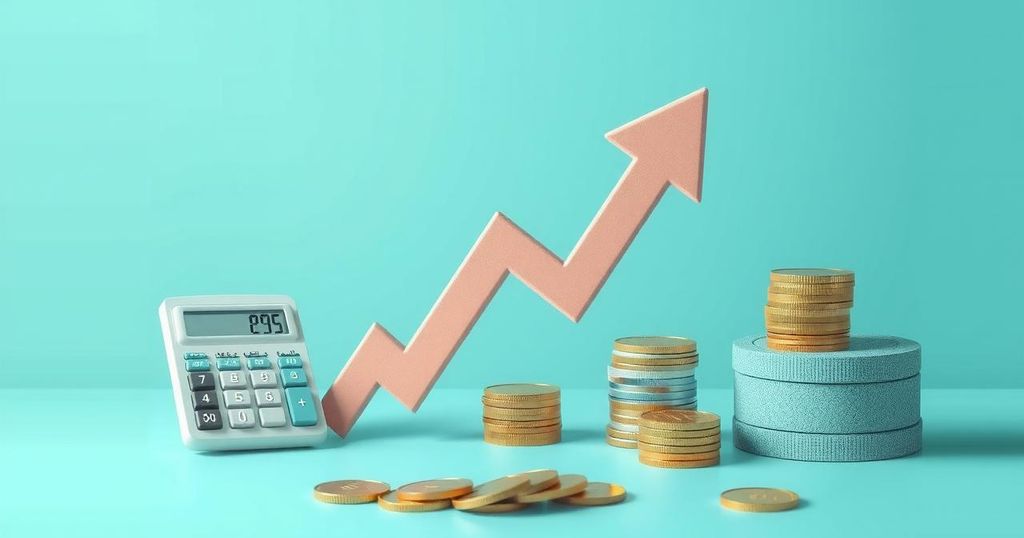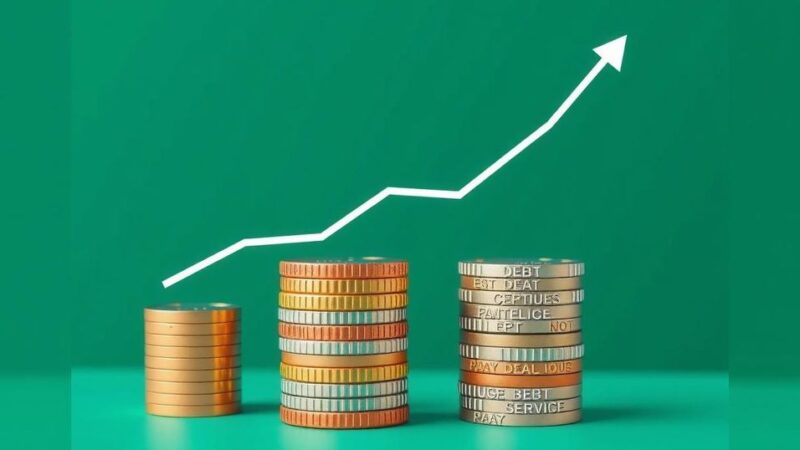Morocco’s central bank has reduced the benchmark interest rate by 25 basis points to 2.25%, with the aim of boosting economic growth and employment. Despite expectations of moderate inflation at 2%, uncertainties remain due to geopolitical tensions and drought impacts on agriculture. Economic growth is forecasted to improve to 3.9%, with reserves projected to cover 5.5 months of imports.
On Tuesday, Morocco’s central bank reduced its benchmark interest rate by 25 basis points to 2.25%, marking the second consecutive cut. This decision aligns with the bank’s view on inflation and aims to stimulate economic growth and job creation. The central bank has been implementing measures to ease monetary policy since June to support infrastructure investment as the nation prepares for co-hosting the 2030 World Cup.
The bank projected that inflation, primarily influenced by food prices, would remain relatively moderate at 2% for this year and the next. However, this forecast faces uncertainties stemming from geopolitical tensions and the effects of prolonged drought on crop yields in Morocco. The outlook for economic growth is optimistic, with an anticipated rise to 3.9% this year, an increase from last year’s 3.2%.
For the ongoing year, Morocco expects a grains harvest of 3.5 million tonnes, a slight increase from last year’s harvest of 3.12 million tonnes but still below the average yield. Moreover, the current account deficit is projected to widen to 2.9% of gross domestic product from 1% in 2024, attributed to a scenario where imports outstrip exports, according to the bank’s analysis.
The forecast for Morocco’s foreign exchange reserves suggests a total of 391.8 billion dirhams ($40.5 billion) by the end of 2025, sufficient to cover approximately 5.5 months’ worth of imports. Additionally, increased tax revenues are expected to mitigate higher investment spending, leading to a reduction of the fiscal deficit to 3.9% of GDP in 2025 and 3.6% in 2026, down from the previous year’s 4.1%.
In conclusion, Morocco’s central bank has proactively cut the key interest rate to foster economic growth amidst moderate inflation expectations and international uncertainties. The bank continues to focus on infrastructure investment in light of the upcoming 2030 World Cup. Projections indicate slight improvements in agricultural yields and external reserves, while efforts to reduce the fiscal deficit are set to aid economic stability moving forward.
Original Source: www.tradingview.com






